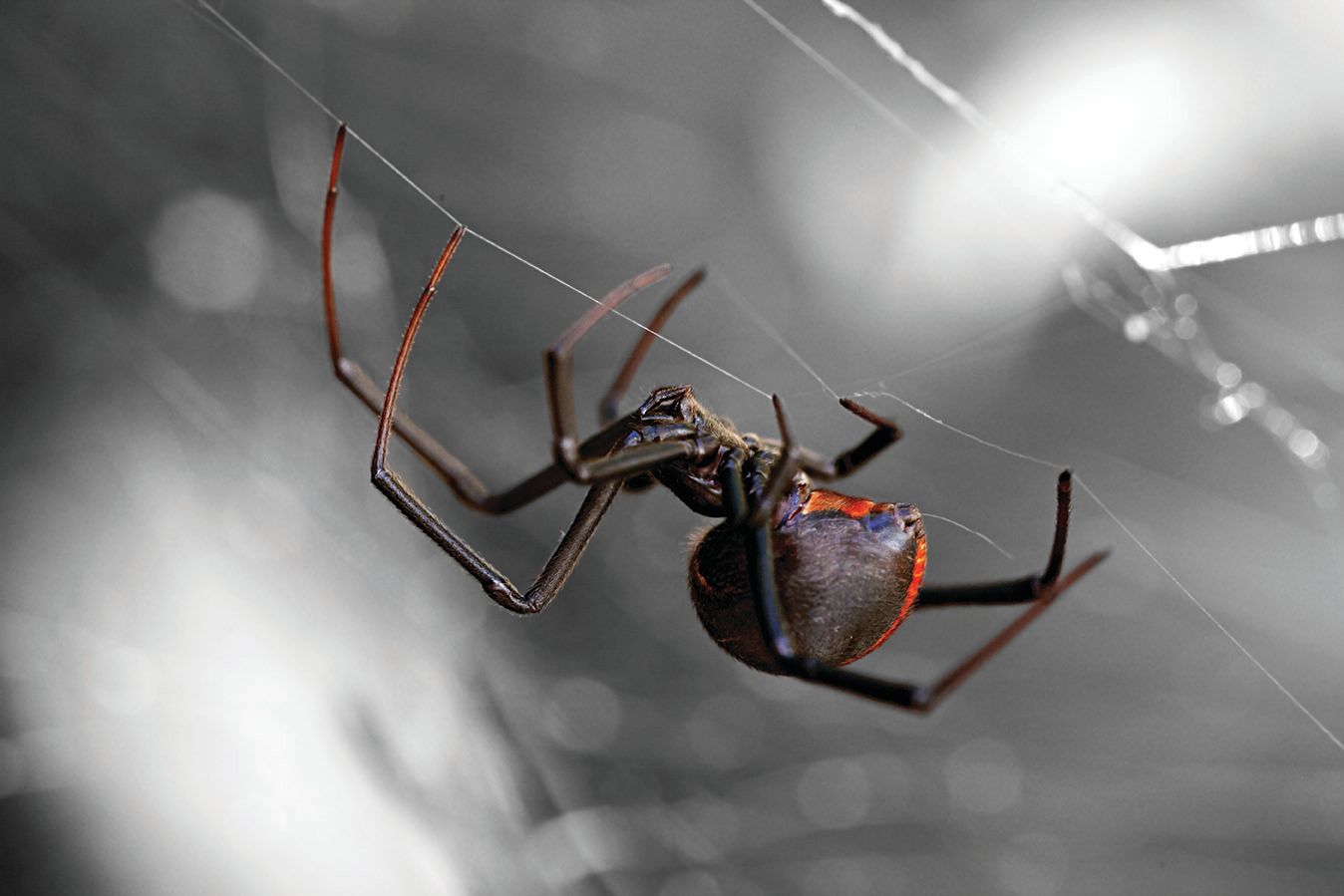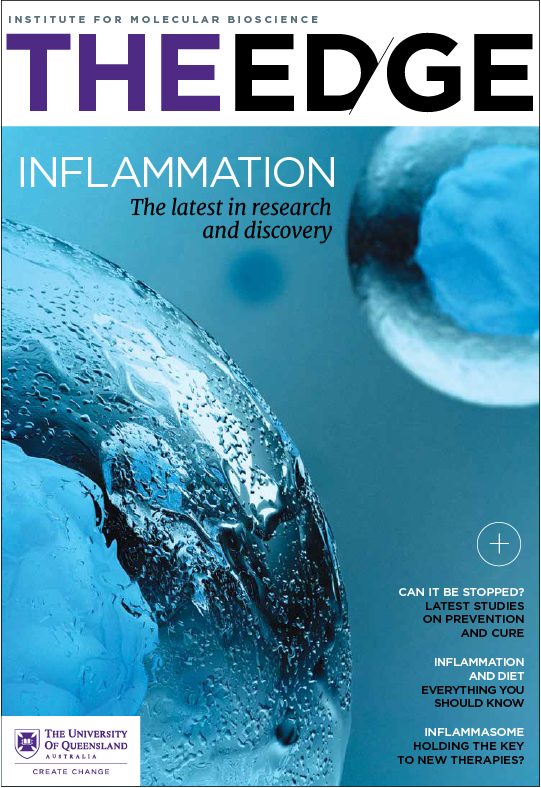Venomous animals hold hope for bowel disease
Peptides derived from our deadliest creatures could become next-generation drugs

Not everyone celebrates Australia’s plentiful supply of venomous animals, but to the country’s 100,000 people with inflammatory bowel disease (IBD) they could be a godsend, offering hope for a treatment to relieve an often hidden, painful struggle.
IBD is an umbrella term for many debilitating conditions – two of which are Crohn’s disease and ulcerative colitis – that cause a range of symptoms including abdominal pain, weight loss, fever, diarrhoea, rectal bleeding and fatigue.
As is common with inflammatory problems, we don’t know exactly what causes the condition, although there appears to be a genetic element and it may be triggered by an infection.
While the symptoms are bad enough, complications that arise from IBD can be even worse – bowel obstructions, an increased risk of colon cancer and perforated colon.
Until recently there have been few treatments other than general anti-inflammatory steroids and a family of drugs called the aminosalicylates, which are of limited value.

“The response to these lessens as the disease worsens,” says IMB’s Associate Professor Mark Smythe, a chemist looking for molecules that might stop the inflammatory process in the stomach and intestines in its tracks.
But these potential new drugs present their own challenges.
To the digestive system, proteins are seen simply as food – no different from a steak that needs to be broken down. These proteins can be injected to better effect, but if taken orally as a pill they are digested before they can reach the tissues.
“So we developed a new set of molecules called constrained peptides,” says Associate Professor Smythe.
“They’re smaller than the large protein molecules so they can be taken orally. But they’re big enough to block the really difficult inflammatory targets that underpin IBD.”
These smaller constrained peptide-based drugs can also be aimed exclusively at affected gastrointestinal inflammatory targets and do not block the response in healthy tissue, which means patients can take the treatment for longer, with fewer side effects.
And that’s where our venomous animals come in – their toxins are abundant in constrained peptides and, realising this, Associate Professor Smythe had his eureka moment.
“I thought it was interesting that there was this niche where nature had evolved all these molecules. So why aren’t we using them?”
He set about developing drugs using the same constrained peptides that nature uses, but engineering them with completely new functions and improved potency: the ability to bind to the target and stay bound for as long as possible.
While constrained peptide treatments for IBD are not available to patients yet, Associate Professor Smythe helped launch a company, Protagonist Therapeutics, to develop them as drugs.
While early stage trials so far are promising, there is still a long way to go before they are in general use, and even then, they will not help every patient.
“IBD is a very heterogeneous disease; in other words, it comprises lots of different pathways gone awry. These drugs could work for around 20 per cent of patients,” Associate Professor Smythe estimates.
But for the many people whose lives are burdened with the effects of IBD, those must sound like odds worth taking.
"I thought it was interesting that there was this niche where nature had evolved all these molecules. So why aren’t we using them?"
Associate Professor Mark Smythe

BY THE NUMBERS
IBD costs Australia $3.1 billion each year in hospital costs, productivity losses and financial and economic costs
$3.1bn


